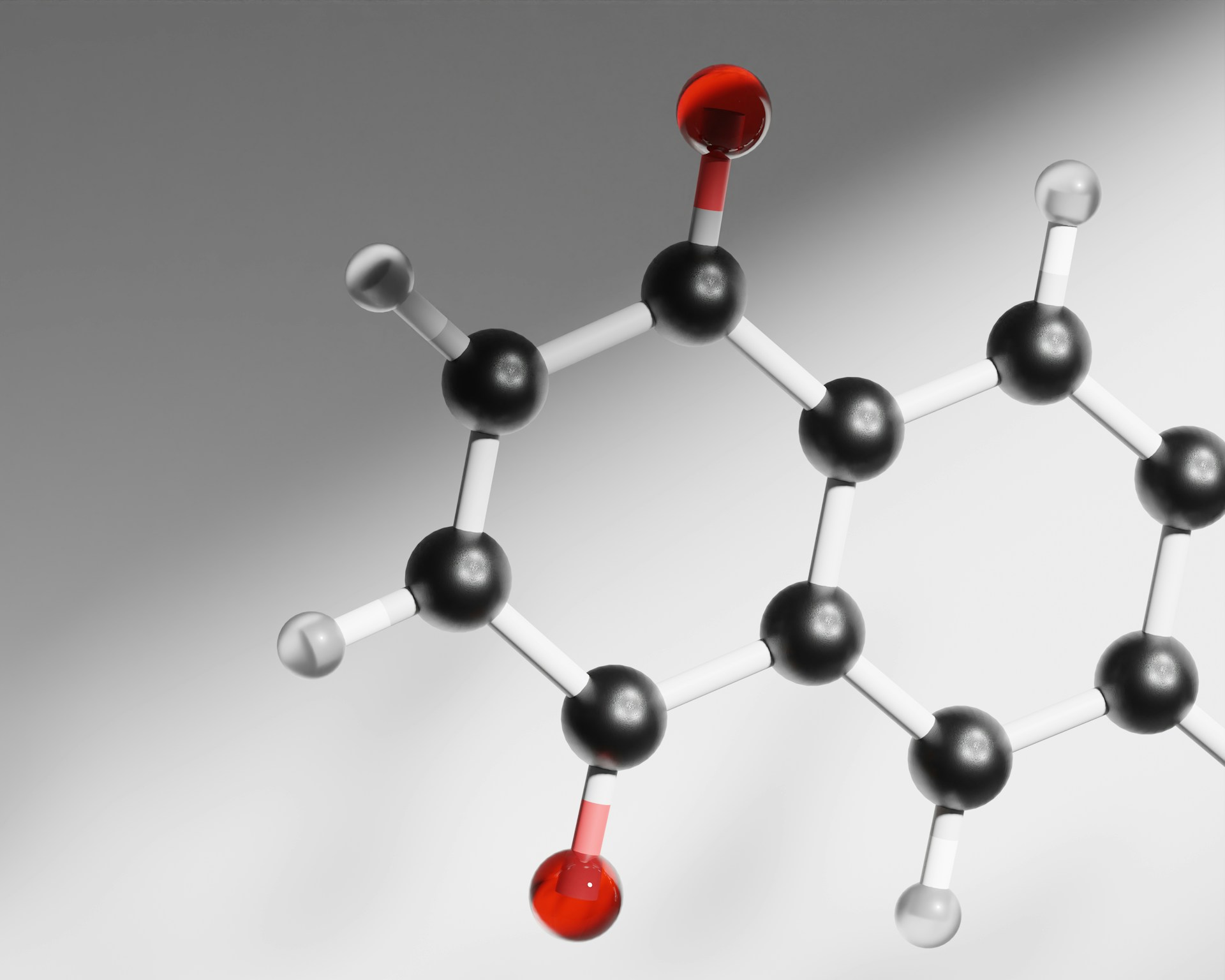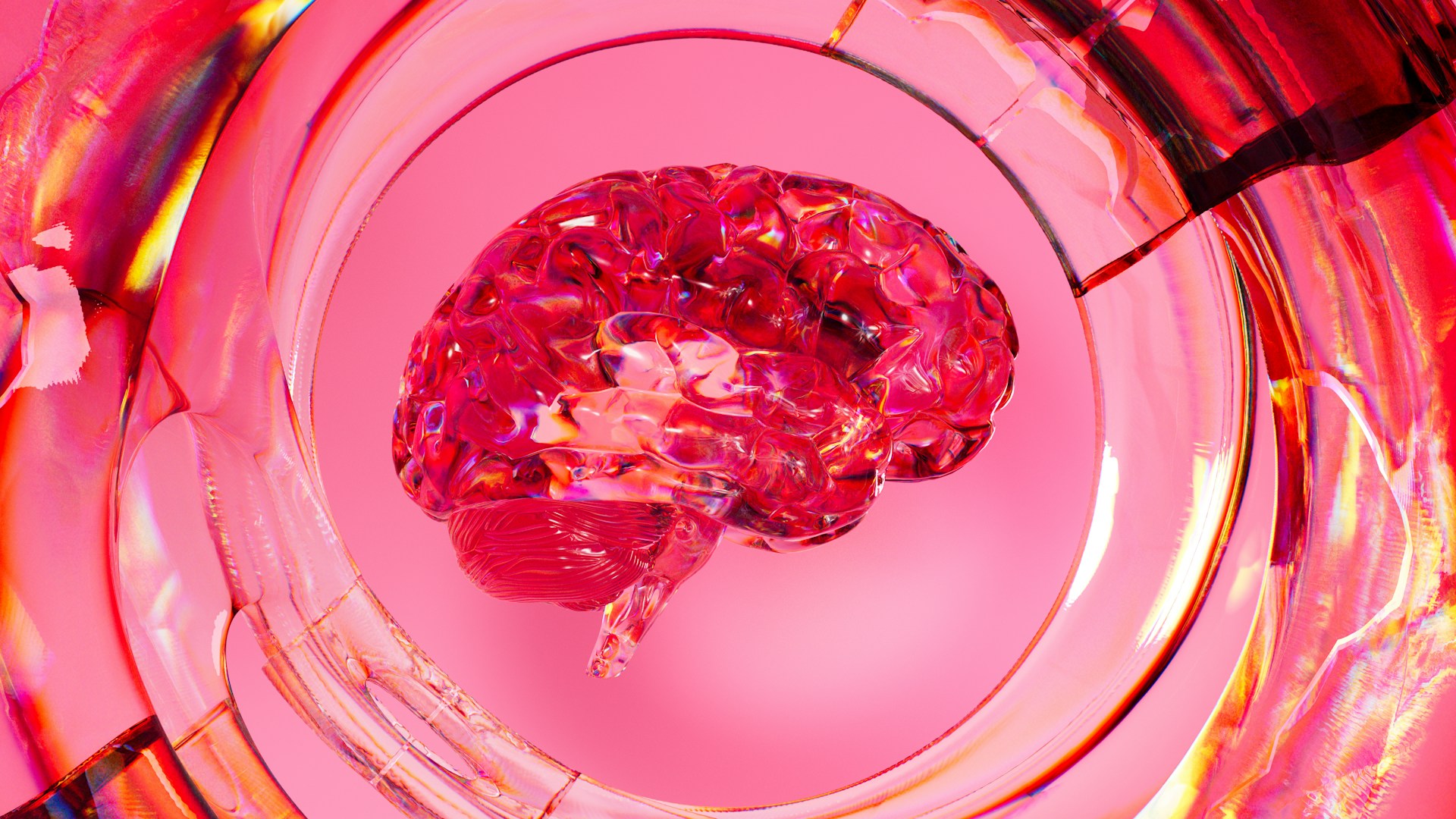To map the neural circuits that are associated with psychiatric disorders may allow more precise surgery and an understanding of the underlying cause. Photo credit: Growtika via Unsplash
This study, published in Nature Neuroscience, is anticipated to open a new avenue for pinpointing the precise target areas for brain…
Our current neuroscientific knowledge surmises that many brain disorders occur when a brain circuit—a network of neural pathways interconnecting multiple regions of the brain—corrupts and malfunctions. Using a surgical technique called deep brain stimulation (DBS), a research team from Charité-Universitätsmedizin and Brigham and Women’s Hospital has begun to collate a library of dysfunctional brain circuits associated with various neuropsychiatric disorders, named the human “dysfunctome”. This study, published in Nature Neuroscience, is anticipated to open a new avenue for pinpointing the precise target areas for brain surgeries and identifying the underlying causes of various neurological and psychiatric disorders.
Like all other diseases, brain disorders are often multi-regional, and their symptoms typically vary across individuals. As an invasive neurosurgical tool, DBS is designed to address these challenges: by implanting small electrodes into carefully defined brain regions, tailored at an individual level, it modulates aberrant brain circuits encompassing multiple brain areas. When a specific target region is stimulated, electrical currents are delivered along neural pathways to connected parts of the brain, downregulating pathological symptoms. Such intervention allows us to infer the causal involvement of brain circuits in moderating these symptoms, unlike other functional imaging tools like magnetic resonance imaging (MRI).
…brain disorders are often multi-regional [and] DBS is designed to address these challenges…
Until now, the subthalamic nucleus (STN), a subcortical structure in the brain that receives inputs from the entire frontal cortex, has been a popular target for DBS given its high treatment efficacy. Previous cases show that stimulating the STN yields positive outcomes when treating dystonia, Parkinson’s disease, obsessive-compulsive disorder (OCD), and Tourette’s syndrome. However, how this small structure mediates a wide range of disorders, each characterised by a unique set of symptoms, has been a longstanding paradox in the field.
To resolve this conundrum, the research team investigated whether there are disorder-specific brain circuits that can be stimulated to alleviate symptoms and achieve optimal treatment outcomes. The team analysed data collected from 534 DBS electrodes implanted in 261 patients, of which each patient was diagnosed with one of the four disorders previously investigated with the STN. Using a computational method known as “DBS Fiber Filtering”, the scientists accurately traced the positions of every electrode and mapped the neural pathways whose activation led to observable clinical improvements in patients.
The study successfully identified distinct dysfunctional brain circuits that play a key role in treating these four disorders. Their findings indicated topographical mappings from the STN to sensorimotor cortices in dystonia, the supplementary motor cortex in Parkinson’s disease, cingulate cortices in OCD, and the primary motor cortex in Tourette’s syndrome. Nevertheless, these networks were not mutually exclusive. The identified circuits partially overlapped, suggesting that some disorders may share common pathophysiological mechanisms.
By applying this approach across a broader range of disorders, this new cartography may produce a more detailed map of brain circuits that are related to neuropsychiatric disorders. ‘One day, we hope the dysfunctome will describe the entirety of brain circuits that may typically become dysfunctional as a result of network disorders’ commented Barbara Hollunder, the lead author of this study.
The researchers believe that the dysfunctional circuits they discovered can be refined more precisely by segregating these pathway even further for each symptom. ‘For example, with OCD, we can look at isolating circuits for obsessions versus compulsions and so on’, explained Hollunder. This could result in greater treatment impact: medical professionals may be able to implant electrodes according to the various symptoms each patient uniquely displays, purposefully targeting surgical regions for desired therapeutic interventions.
The team’s findings have already benefited some patients. Following the DBS procedures, which were fine-tuned based on the study results, preliminary improvements were reported in three clinical cases (one with Parkinson’s disease and two with OCD). In one of these cases, a woman in her early 20s with severe, treatment-resistant OCD was suffering from intrusive thoughts against eating and drinking. One month after DBS treatment based on the brain circuit model, her symptoms significantly improved. The investigators warned, however, that except for these three patients, their results are mainly built upon retrospective data and that additional validation from prospective clinical trials is required.
In their commentary on Nature Research Briefing, Hollunder and Andreas Horn, a co-corresponding author of the study, claimed their results to be promising, ‘Although the use of invasive brain stimulation data for dysfunctional circuit mapping in humans may still be in its infancy, we believe it has great potential to not only augment our understanding of the human brain but also to help to treat its pathological states’.
The hope is that, in the foreseeable future, we will have a comprehensive collection of dysfunctional pathways associated with various disorders in our “dysfunctome” library. This study is the first step in a development that could pave the way to directly addressing the root causes of these conditions, potentially allowing us to conquer the neuropsychiatric disorders which have long inflicted humanity with seemingly irresolvable suffering.





